Waste paper repulping
Note: The prime purpose for repulping systems is to break down waste material with minimum energy use and the least amount of fiber degradation as possible. A secondary factor is to segregate or facilitate the screening out of contaminants which should be left in as large a form as possible.
Very dirty paper stock should be treated only in continuous units properly fitted with raggers or junkers. Different approaches are needed with different paper stocks.
Segregated wet strength papers:
1. Since chemicals and elevated temperatures (150 – 200 F ) are needed, defibering should be carried to completion in high-speed attrition-type hydropulpers.
2. Undefibered wet strength papers will invariably be rejected later in the process or cause problems downstream.
3. With longer pulping times required, wet strength papers should be treated in batch and not continuous systems.
4. Expect the power requirements to be between 5 – 20 horsepower-days per ton.
Non-wet strength papers:
1. Common papers are readily defibered at 4 – 4.5 % consistency in continuous pulpers fitted with medium size extraction holes followed by deflaking.
2. If batch pulpers are used, consistency should be raised to 6.5 %.
3. Usually, power requirements are low at about 1.5 – 2.5 horsepower-days per ton.
Corrugated, news and mixed papers:
1. Usually defibered in continuous extraction pulper operating at 130 – 160 F and 2.5 – 4.0 % consistency.
2. Depending on the source and nature of contaminants, may need to have raggers or junkers to operate effectively.
3. Power requirements usually in the range of 1.5 – 2.5 horsepower-days per ton.
Paper stock for deinking:
1. Repulping takes place at elevated temperatures (180 – 210 F ) using caustic or other chemicals along with dispersants for the ink particles.
2. High consistency operation is favored for economies in steam and chemical usage.
— pulpers fitted with Archimedes (helical) screw rotors provide good circulation at consistencies up to 13 %.
3. Preferred pulpers should be non-attrition type to prevent grinding ink particles or plastic contaminants into small bits and pieces which are then more difficult to remove from the slurry.
4. The action of the pulper should avoid beating the ink particles into the fiber surface.
Plastic coated papers:
1. It is preferred to do the complete defiberizing in non-attrition repulpers as a batch operation keeping plastic film in large pieces for easier removal later.
2. Batch hydropulpers should be fitted with raggers to continuously remove larger pieces of plastic.
3. The defibered slurry is often followed by vibrating screens that are effective at removing the major portion of the pieces of plastic film and other trash.
See also Repulper (hydropulper) operations.
